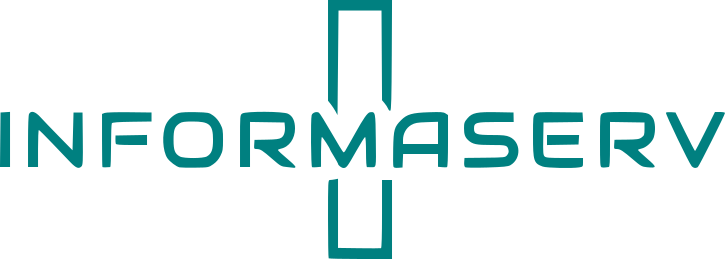Creating a business plan from scratch is a vital step for any entrepreneur or business owner. It provides a roadmap for your business, helps secure funding, and guides your strategic decisions. Here’s a step-by-step guide to help you prepare a comprehensive business plan:
1. Executive Summary
- Overview: Write a concise overview of your business, including the business name, location, and mission statement.
- Business Concept: Briefly describe what your business does, the products or services you offer, and your business objectives.
- Market Opportunity: Summarize the market need your business addresses and your target market.
- Financial Highlights: Provide a snapshot of your financial projections, including revenue, profit margins, and funding requirements.
- Goals: Outline your short-term and long-term business goals.
2. Company Description
- Business Structure: Describe your business structure (e.g., sole proprietorship, partnership, corporation).
- Business Model: Explain your business model and how your company makes money.
- Business History: Provide a brief history of your business, including key milestones.
- Mission and Vision: State your mission and vision statements to convey the purpose and direction of your business.
- Values: Highlight the core values that guide your business operations.
3. Market Research
- Industry Analysis: Conduct an analysis of your industry, including trends, growth potential, and key players.
- Target Market: Define your target market, including demographic, geographic, and psychographic characteristics.
- Market Needs: Identify the needs and pain points of your target market that your business aims to address.
- Competitive Analysis: Analyze your competitors, their strengths and weaknesses, and your competitive advantage.
- Market Size: Estimate the market size and potential for growth.
4. Products or Services
- Description: Describe your products or services in detail, including features, benefits, and unique selling points.
- Development Stage: Explain the development stage of your products or services (e.g., concept, prototype, market-ready).
- Intellectual Property: Highlight any patents, trademarks, or proprietary technologies.
- Product Lifecycle: Discuss the lifecycle of your products or services and any plans for future offerings.
5. Marketing and Sales Strategy
- Marketing Plan: Outline your marketing strategy, including your value proposition, key messages, and branding strategy.
- Marketing Channels: Identify the marketing channels you will use (e.g., online, social media, print, events).
- Sales Strategy: Describe your sales strategy, including your sales process, sales team structure, and sales goals.
- Pricing Strategy: Explain your pricing strategy and how it compares to competitors.
- Promotions: Detail any promotional tactics, discounts, or special offers you plan to use.
6. Operations Plan
- Operational Workflow: Describe your day-to-day operations and workflow.
- Location and Facilities: Provide details about your business location and any facilities or equipment required.
- Supply Chain: Explain your supply chain, including suppliers, manufacturers, and distribution channels.
- Technology: Discuss any technology or software that is critical to your operations.
- Quality Control: Outline your quality control processes to ensure product or service excellence.
7. Management and Organization
- Management Team: Introduce your management team, including their roles, backgrounds, and expertise.
- Organizational Structure: Provide an organizational chart that outlines the structure of your business.
- Advisors: Mention any advisors, board members, or mentors who provide strategic guidance.
- Hiring Plan: Detail your hiring plan and any key positions you need to fill.
8. Financial Plan
- Revenue Model: Explain how your business will generate revenue.
- Financial Projections: Provide detailed financial projections, including income statements, cash flow statements, and balance sheets for the next 3-5 years.
- Funding Requirements: State your funding requirements and how you plan to use the funds.
- Break-Even Analysis: Conduct a break-even analysis to determine when your business will become profitable.
- Financial Assumptions: Outline the key assumptions that underpin your financial projections.
9. Appendix
- Supporting Documents: Include any supporting documents, such as resumes of key team members, legal documents, product images, and additional market research data.
- References: Provide references or sources for the data and information presented in your business plan.
Conclusion
A well-prepared business plan is a crucial tool for securing investment, guiding your business strategy, and measuring progress. By following these steps, you can create a comprehensive and compelling business plan that clearly articulates your vision, strategy, and goals, setting your business up for success.
